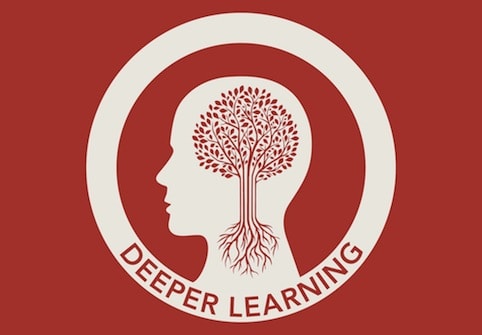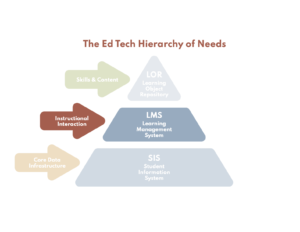EdLeaders as Lead Communicators

As a follow up to last year’s collaboration with Digital Promise to describe a new blended, competency-based vision for teacher preparation and professional development, Getting Smart recently launched our Preparing Leaders for Deeper Learning effort. To help shape the vision for a new generation of leader preparation and development, we’ve invited practicing principal and edleadership organizations to weigh in. We’ve also been keeping an eye on what other thought leaders have to say about what principals should know and be able to do in order for EdLeaders to successfully support (and in many cases create) shifts to increasingly personalized, Deeper Learning environments for students and teachers.
In a recent brief, portfolio strategy guru Paul Hill and his CRPE colleague Shannon Murtagh added an important role for leaders to our running list by insisting that principals leading transformational efforts should be the “lead communicators.” While their piece focuses primarily on leaders in the context of school systems using portfolio strategies (“autonomous schools held accountable for their performance”), their assertion that “empowered principals can be assets for public engagement” extends to EdLeaders in other settings as well.
Hill and Murtagh describe four primary benefits derived from making principals the lead communicators:
- Reinforcing autonomy
- Reinforcing differentiation
- Reducing opposition
- Increasing knowledge of the strategy
They explain:
School districts are always announcing new strategies… If the strategy is to survive long enough to make a difference, leaders must be prepared to handle criticism and maintain a positive balance between support and opposition. They must develop new constituencies from the civic, cultural, business, foundation, and higher education communities to counter likely opposition from unions and others who fear change. Leaders must also ensure that students and their families know about the strategy and understand how it benefits them.
They suggest that building a strong coalition of diverse stakeholders will require, “A transformation of the way in which communication is handled,” since traditionally communication is episodic (focused on good news announcements and bad news crisis management) and centralized (with the district leaders at the core of communication).
Hill & Murtagh instead suggest strategic (coherent/consistent) and multi-centric (school leader driven) communication is necessary in schools that are implementing new approaches. They explain that communications should be tied back to the strategy, which in this case is a portfolio approach:
Good results support the changes tied to strategy implementation and bad results provide an opportunity to demonstrate the real DNA of the portfolio strategy—looking at results and making adjustments to move constantly closer to a system that successfully educates all students.
Regardless of the type of shift that is underway, school leaders play an instrumental role in communicating information to students, teachers, parents and the community that informs both the “why” and the “how.” It’s essential to develop and message the goals for teaching and learning that are driving changes that are taking place.
This post is part of our “Preparing Leaders for Deeper Learning” series. If you have thoughts about what today’s school leaders should know and be able to do and how they should be prepared, we’d love to hear from you. Contact [email protected] with the subject “Preparing Leaders” for more information or leave a comment below.
For on the series, check out:







0 Comments
Leave a Comment
Your email address will not be published. All fields are required.